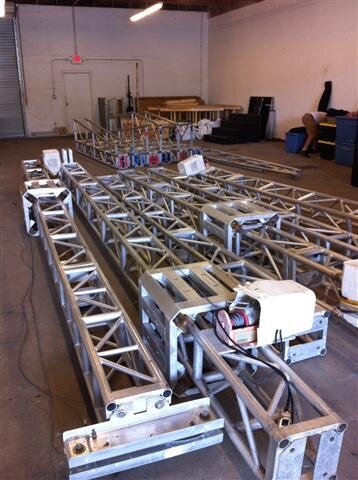scott407
Member
I just bought a 16'x30' truss roof (20' height) used. It has been used a lot and has some visible issues (bends, oxidation). I need to get this thing certified and ready to rent.
I had a local rigger (15 yrs experience) come take a look and he said I need to have the original manufacturer assess it, rate it, and re-certify it. There are no markings on the rig by the manufacturer, so no luck there. He said it could be Tomcat, but wasn't 100% sure, and recommended them to come out and inspect to see if it was their truss. He said if it's not a name brand then it's only good for scrap metal.
Conversely, I had an engineer/consulting firm from out of town tell me he could do an assessment, layout/approval drawings, and review/approval for about $8k. Basically, the engineer could get my "no name" rig re-certified.
What is the best route here? And is $8k a good price to get this rig re-certified and legal?
I had a local rigger (15 yrs experience) come take a look and he said I need to have the original manufacturer assess it, rate it, and re-certify it. There are no markings on the rig by the manufacturer, so no luck there. He said it could be Tomcat, but wasn't 100% sure, and recommended them to come out and inspect to see if it was their truss. He said if it's not a name brand then it's only good for scrap metal.
Conversely, I had an engineer/consulting firm from out of town tell me he could do an assessment, layout/approval drawings, and review/approval for about $8k. Basically, the engineer could get my "no name" rig re-certified.
What is the best route here? And is $8k a good price to get this rig re-certified and legal?



